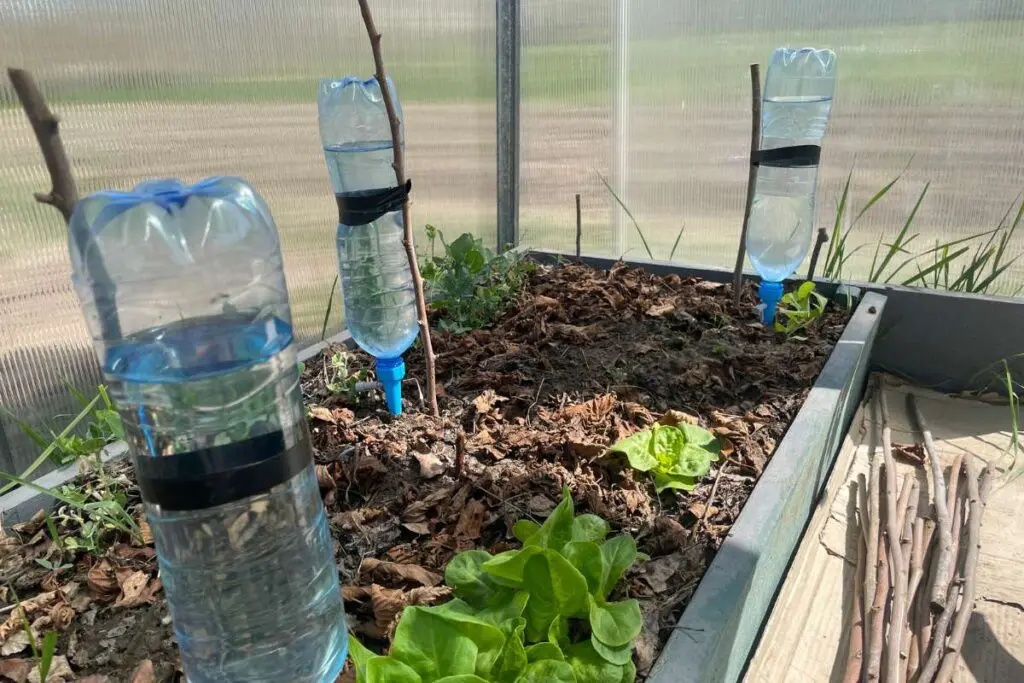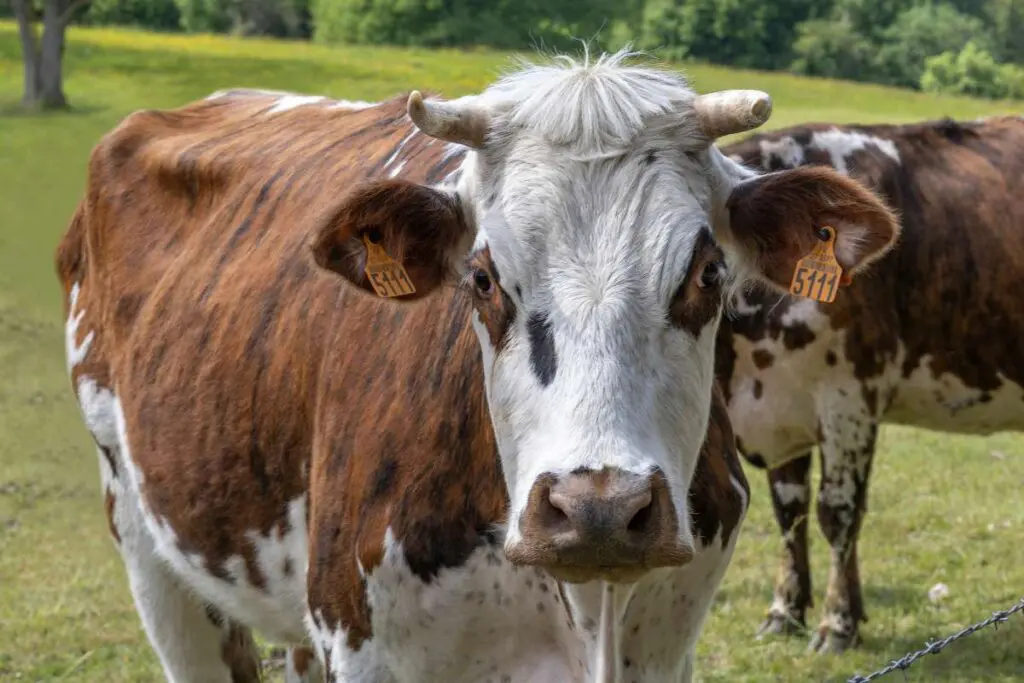If the word “homesteading” conjures images of jittery survivalists in the woods, living off squirrels and rainwater, relax—it’s not that extreme (unless you want it to be). More and more people are ditching the city to take back control of their food, time, and sanity. This isn’t about running off to live in a log cabin like old Uncle Ted or going full Little House on the Prairie overnight, it’s about opting out of the stress, noise, and dependence on supply chains in favor of self-sufficiency.
What is Homesteading?
At its core, homesteading is about self-sufficiency: growing your own food, raising animals (if that’s in your wheelhouse), preserving what you harvest, and cutting down reliance on supply chains. Something you may not realize– homesteading is a spectrum. Some people go all in, living completely off the grid with solar panels, well water, and a composting toilet. Most people take a more hybrid approach, incorporating homesteading principles like backyard gardens, rainwater collection, home-cooked meals, and maybe a few chickens, and implementing these practices one step at a time.
The key to becoming a homesteader is mindset. Homesteading is about producing rather than consuming, problem-solving in place of outsourcing, and learning essential skills that past generations took for granted.
The Appeal of the Homestead Lifestyle
People aren’t just ditching city life for fun—there’s a reason (actually, several) why homesteading is becoming more appealing. Homesteading offers an alternative to the stress of modern life: more control, more independence, and a way to build a life that feels sustainable, both physically and mentally.
Self-Sufficiency
Nowadays, food shortages and food spikes are frequent. In 2022, egg prices rose 60% due to supply chain challenges. So many people are finding it increasingly more important to protect against these unpredictable fluctuations. Even more, the average grocery store vegetable travels 1500 miles before reaching your plate, losing much of its freshness and nutrition along the way. Salad leaves, for example, lose up to 86% of their ascorbate during 10 days of storage, making it even more important to our vitality to make up for what’s missing with quality supplements like Choq’s Minerals. Homesteading and producing some of your own food cuts down on the pollution and inefficiencies of our modern globalized supply chains.
Even small-scale gardening can make a difference in reducing grocery bills and improving food security and sovereignty. With simple preservation methods like freezing or fermenting, you can secure year round supply of some of your food sources without reliance on grocery stores. Homesteading decreases grocery bills and provides independence. If a crisis hits– whether a power outage, economic downturn, or job loss– knowing how to grow, store, and prepare food means you can take care of yourself without waiting for help. Homesteading is allowing people to take back some control in a world that thrives on dependence.

Environmental Consciousness
Industrial agriculture and mass production generate enormous waste, from packaging to food loss. The U.S. alone wastes nearly 40% of its food supply, much of it due to inefficiencies in the supply chain. Homesteading significantly reduces this way and naturally cuts down on single-use plastics.
Additionally, homesteading is more water-efficient. With the average American household using 82 gallons of water per person per day, folks seeking to utilize water resources more intentionally are turning to homesteading. Using methods like rainwater collection, drip irrigation, and greywater recycling ensures that every drop is maximised. Even small shifts, like using a rain barrel for garden watering, cut down on municipal water reliance and ensure that water remains abundant.
So-called conventional farming methods deplete soil health with synthetic fertilizers, monocropping, and overuse of pesticides, leading to nutrient loss and erosion. Homesteading focuses on soil regeneration through composting, cover cropping, and organic practices that rebuild soil health rather than strip it with techniques like no-till gardening and companion planting.
Physical and Mental Health
With 60% of the American diet being composed of ultra-processed foods and most people sitting for 9.5 hours daily, homesteading offers numerous benefits for physical health. Homesteading, by its very nature, involves movement, contributing to an active lifestyle. Gardening, tending animals, chopping wood, weeding, and harvesting all contribute to improved circulation and mobility. Homesteading provides fresh, whole foods, free from preservatives, additives, and excess sugars, that contain higher levels of antioxidants and minerals that help foster health and vitality, both physical and mental. While the homesteading lifestyle will naturally boost your physical and mental resilience, you can further fortify immune support and energy function with with Armor 2.0 and Glutathione.
Homesteading beckons us to slow things down and step back from the constant connectivity, urban noise, and relentless schedules of city life that fuel anxiety and burnout. A study in Frontiers Psychology shows that spending time in nature promotes a healthy cortisol response and feelings of wellness. The hands-on nature of homesteading also fosters mindfulness, with repetitive tasks like milking a goat, kneading dough, or harvesting tomatoes.
Financial Incentives
Homesteading also makes financial sense. With rising living costs, with the average American spending over $9,500 on food yearly, a significant portion of income is going into processed, convenience items. Homesteading offers a sustainable alternative, with a single tomato, for example, producing 10-15 pounds of tomatoes. Similarly, a small backyard flock of chicks can provide fresh eggs every day for a fraction of the store price.
Along with food, homesteaders may produce many of their own products, including soap, bread, and natural cleaners, which cost pennies compared to the store-bought version. Heating your home with a wood stove instead of relying on gas or electricity also cuts down on power bills. In general, while homesteading might require investments upfront, many are finding that it pays off in long-term savings.
More than just cost-cutting, homesteaders are often able to diversify their sources of income. They may generate money through small-scale farming, selling eggs, honey, or homemade hoods. Bartering also plays a role in homestead economies, with many trading their goods for those that might be more abundant at someone else’s homestead. In a time where job security is uncertain, having alternative ways to provide for yourself is invaluable.

Challenges and Realities
Homesteading comes with a long list of benefits, but it’s not all fresh eggs and thriving gardens. The reality is that this lifestyle demands hard work, patience, and problem-solving. But challenges don’t mean failure. The key is knowing what to expect and having strategies to push through.
- The learning curve: Homesteading requires a mix of skills that many often don’t already know, like gardening, animal husbandry, carpentry, and food preservation. This makes starting small essential. Rather than overwhelming yourself with a dozen projects at once, focus on mastering one or two manageable skills to work your way up.
- Finding space: Not everyone has access to land, and buying property is not always realistic. It is important to remember, however, that homesteading is not limited to rural life. Many people practice urban homesteading by maximising small spaces by growing food in raised beds, keeping chickens, or indoor hydroponics.
- Building infrastructure: Even for those with land, infrastructure like fencing, water systems, and storage takes time and money. Some homesteaders start with raw land, living in RVs or tiny homes while they build, while others transition slowly while still working a traditional job.
- Natural unpredictabilities: Nature doesn’t care about your plans and droughts, storms, pests, and early frosts are definite uncertainties that can disrupt food production. Similarly, livestock brings its own challenges like illness and predators. Successful homesteading means planning for setbacks by growing diverse crops, storing extra food, and investing in pest control.
Is Homesteading for You?
At the end of the day, homesteading isn’t about perfection or total off-grid living—it’s about opting out of a system that wants you to be helpless and taking responsibility for some of our own food, one step at a time. So whether you’re going full Yellowstone or just looking to break free from some of your grocery store dependency, start where you are. The best time to plant a tree was 20 years ago. The second best time? Right now.

